The Best Boutique Hotels Are Secretly Not Boutique Hotels
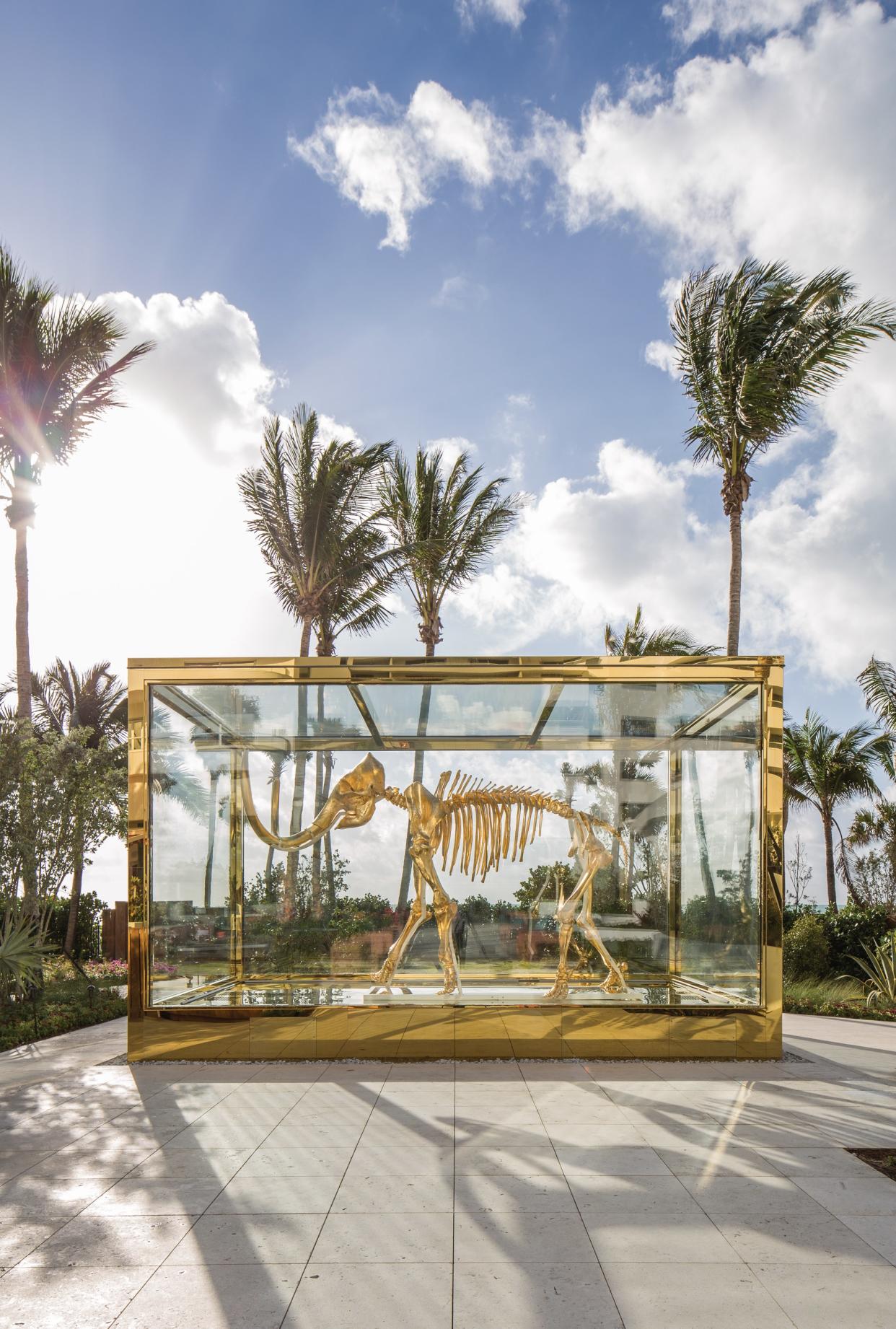
The It-est It Hotel
All the Mammoth Appetites of Miami, Now Under One Roof
by Stan Parish
Yes, that's a gold-plated mammoth skeleton standing guard between the Faena's plush, perfumed lobby and the pool. Think of that sculpture by ultra-fancy artist Damien Hirst as the boutique hotel's spirit animal. It's the perfect symbol for a place that feels—for those of us without bodyguards or diplomatic immunity—like a different, more gilded dimension. The crowd looks sleek, exotic, possibly dangerous. Which is not to say that the Faena is uninviting. Service here is unparalleled in Miami. Jose the Doorman—part cruise director, part special-ops commando, full local legend—clocks your arrival and determines exactly what degree of the Faena's expert hospitality you require. The pool staff offers complimentary shots of silky sunscreen. The restaurant, by fire-whispering Argentine chef Francis Mallmann, turns out perfectly grilled everything. And each room feels like the party-ready Buenos Aires pied-à-terre you'll never own.

The Sand Castle
Outside It’s Hot as Hell—Which Makes This Spot Heaven
by Nick Marino
You won't want to go outside in Dubai—it's too sweltering—but you don't have to. Everything is indoors. Spend a night at the Armani, the second hotel from the fashion house, which conveniently makes up the first eight floors of the world's tallest building, and you never have to breathe hot air. Wake up with a morning swim in the Armani pool, discreetly shaped like a capital A. Take the elevator up to the At.mosphere bar on the 122nd floor. Wander down a passageway to the Dubai Mall, so vast that it has taxis inside to shuttle you from the diving tank with real sharks to the indoor skating rink.
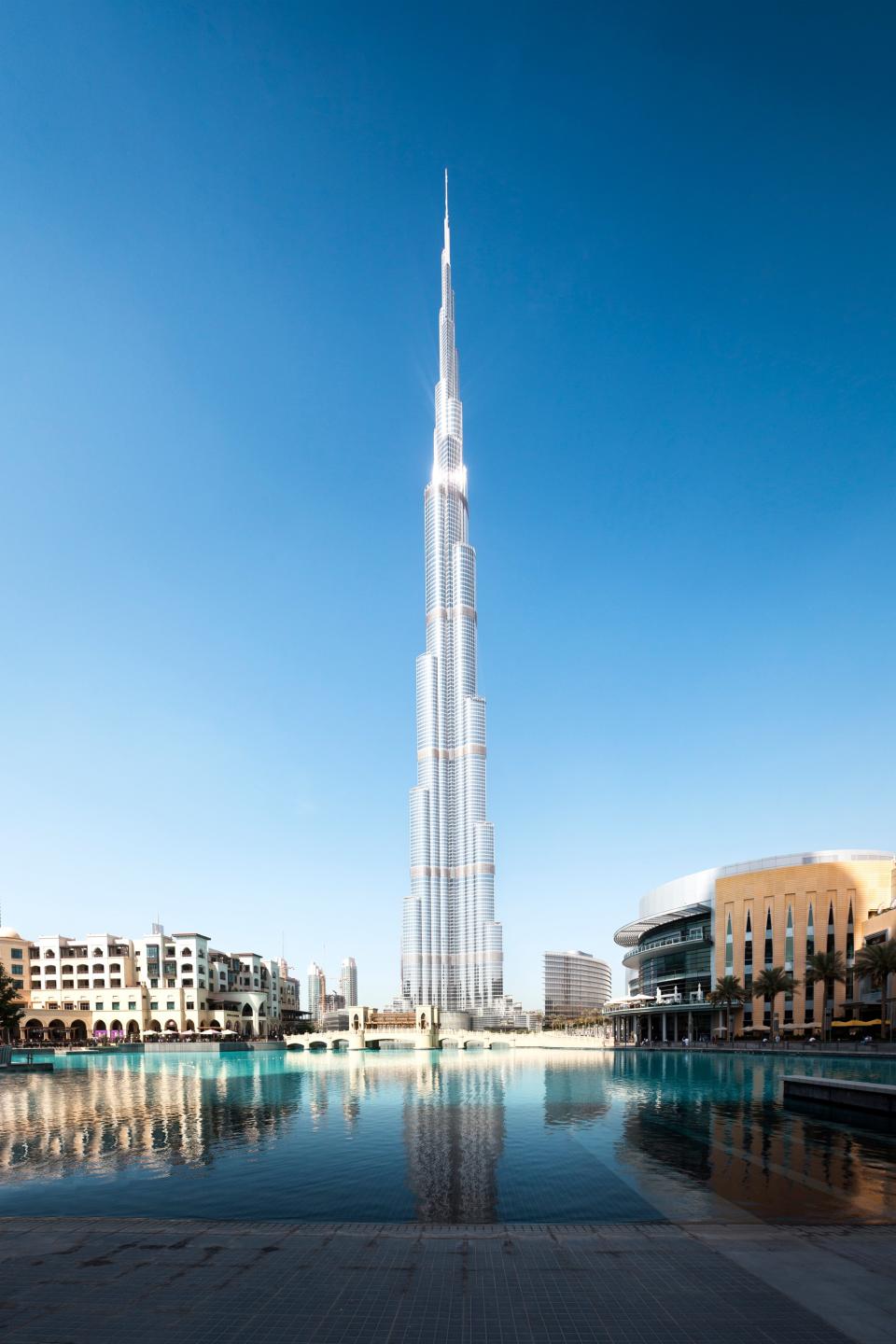
The Drinking Hotel
London’s Coolest Bar Has Rooms Upstairs
by Mark Byrne
Staying in a boutique hotel is like renting a little piece of real estate in the community, a buy-in to a sense of place. To belonging. To instant cred. Nowhere is this more true than at the Chiltern Firehouse in London's swanky Marylebone neighborhood. The bar off the lobby is a clubhouse almost without equal—burning fireplaces, a big bar in the center, a list of solid, inventive drinks, and comfy dark corners in which to enjoy them. And unlike the rest of this town, it stays open as long and late as guests are drinking. It's also the hardest door in the city to slip by, reserved as it is exclusively for guests at the hotel—unless you're a friend of the house. (I was there in April. David Beckham and five of his mates were there, too.)
If, like us, you're not that famous, there's one move guaranteed to grant you entry: Book a room upstairs (months ahead of time). It's the easiest way in. And it's a damn good room. Yeah, it'll be a lot more expensive than secreting a wad of 20s to the host. But that's not going to work here regardless. Plus, this way you get to keep your dignity. And a place to sleep to boot.
As Far Away as Possible
The Once-in-a-Lifetime Hotel You Get to Experience Five Times
by Jim Nelson
If ever a hotel could be said to be “transporting,” it is the Amankora in Bhutan. It literally moves with you. It is a kind of caravansary, like history's first inns, where weary travelers along the Silk Road, or on some endless desert trek through Persia, could stop and recuperate for a spell. The Amankora updates this conceit by way of wanderlust: It is really five lodges strung throughout this remote Himalayan country, and a proper stay involves wending your way to each of them. In so doing, you see more of a landscape that you could never get enough of.
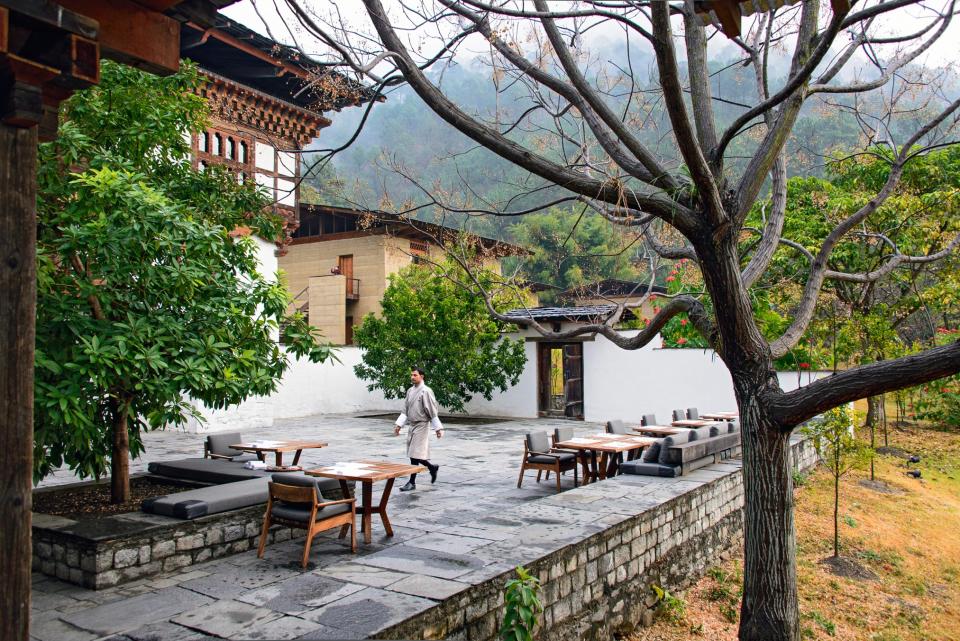
Transporting, too, because the experience of being in Bhutan is not so much otherworldly as othermindly, a clearing of the brain and a lifting of the spirit that make home feel like the samsara you left behind. Everything here points to the skies, from the monasteries that cling impossibly and sometimes impassably to the mountains, to the brightly colored prayer flags that locals string throughout the hills and forests, wishing for something but never quite desiring it. (Your Buddhist tour guide will quietly inform you that desire is the source of all suffering.)

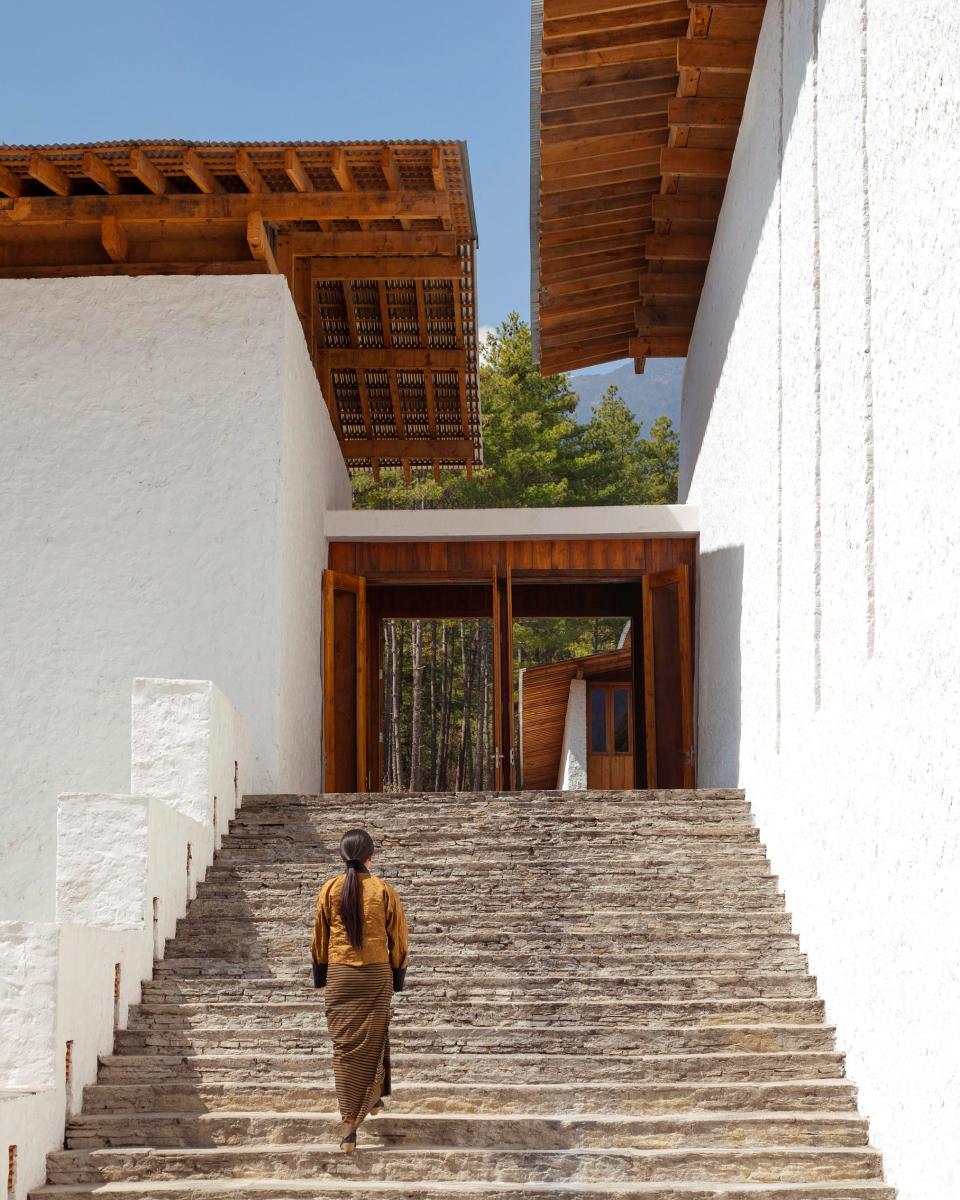
Aiding in the brain-clearing: Bhutan remains almost defiantly analog—you will see occasional cell phones, but no one cares what your new Galaxy S9 can do. The country was virtually closed to international travel until 1974, and even now severely limits tourist visas. This law is a gift from the Buddha himself.
There isn't anything to do except visit glorious monasteries (the interiors as vivid as a Hockney painting), hike over the mountains, and mutter “Holy crap—that's beautiful” again and again. That, and to keep coming back to the Amankora, where they like to organize: Would you like a white-water-river-rafting expedition? A Bhutanese barbecue? A plunge in an outdoor hot-stone bath? You will do all three, ending up under the stars in that bath, somehow motionless and transported at the same time. Because this is the place just beyond the desire you knew.
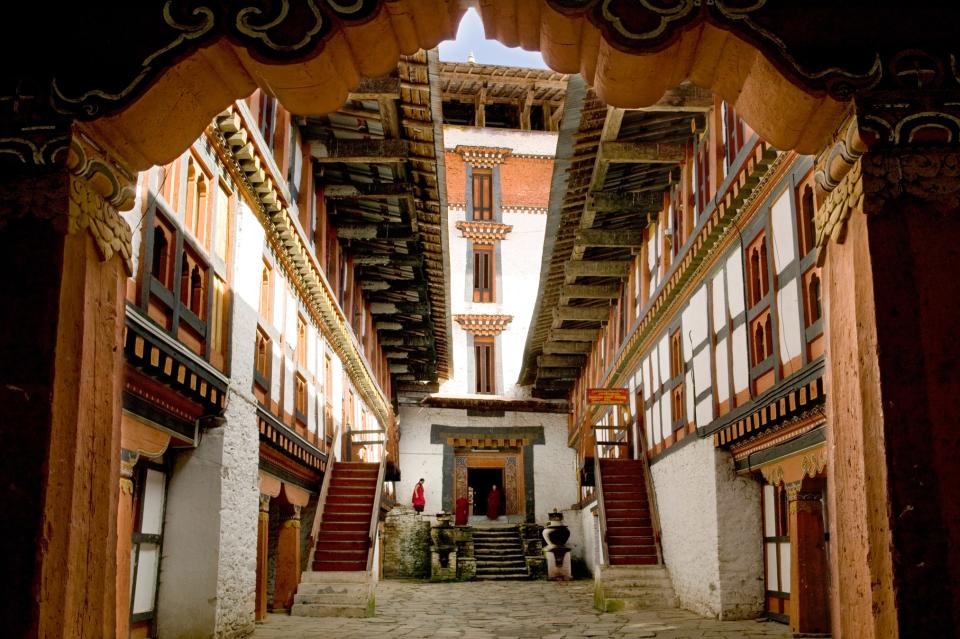
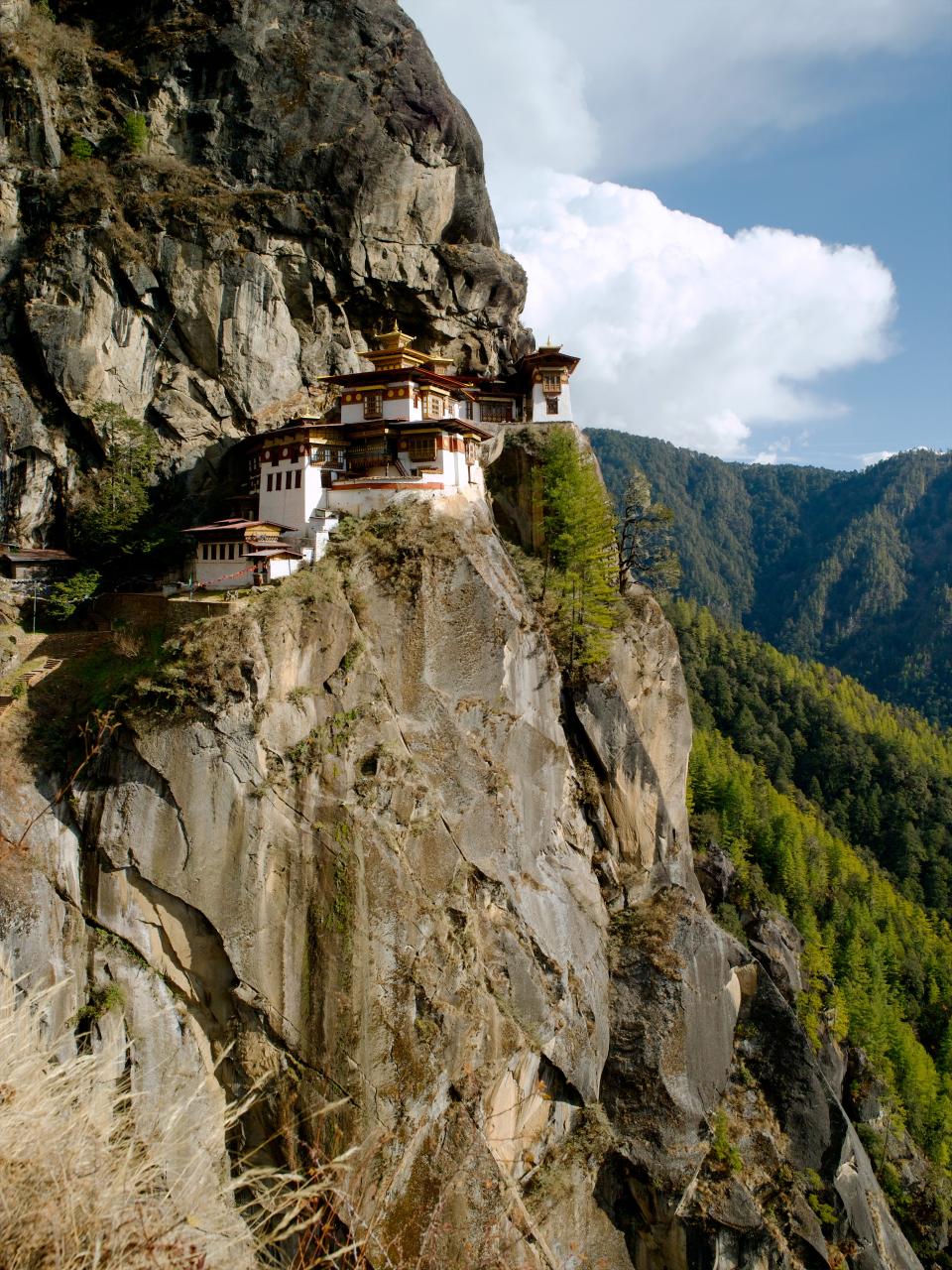
This story originally appeared in the February 2018 issue with the title "Get a Room: When the Destination Is the Hotel Itself."

